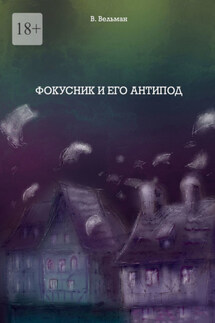Vol. 1(1). 2018 - страница 8
In contrast to the general use of the concept of the imaginary, Jacques Lacan primarily emphasises the delusional character of the imaginary. Desires, wishes and passion play a central role here in that people cannot escape from the imaginary. For them there is no direct relationship to the real world. As a speaking entity, people can only develop a fractured relationship with the real world via the symbolic order and the imagination. With its help they can try to hold their own ground against the forces of the imaginary. «The socially effective imaginary is an internal world which has a strong tendency to shut itself off and develop to some extent an infinite immanence; in contrast, the human fantasy, imagination, is the only power capable of forcing open the enclosed spaces and can temporarily exceed it, because it is identical to the discontinuous phenomenon of time» (Kamper 1986, p. 32f.). This compulsive character of the imaginary creates the limits of human life and development opportunities. This clarification of the compulsive character of the imaginary is so important, it only makes up one part of the range of meanings, which describes the diversity and ambivalence of cultural visual knowledge according to the opinion expressed here.
The imagination has a strong performative power, which produces and performs social and cultural actions. The imagination helps create the imaginary world, which includes images stored in memory, images of the past and the future. Using mimetic movements the iconic character of the images can be captured. In the reproduction of its image character the images are incorporated in the imaginary. As part of the mental world they are references of the outer world. Which images, structures and models become part of the imaginary depends on many factors. In these images the presence and absence of the outer world is inextricably interwoven. Images emerging from the imaginary are transferred from the imagination to new contexts. Image networks develop, with which we transform the world and which determine our view of the world.
The performative character of the imagination ensures the images of the social field make up a central part of the imaginary (Wulf and Zirfas 2007). The power structures of the social relationships and social structures are represented therein. Many of these processes have their roots in people’s childhoods and take place to a large extent unconsciously. The perception of social constellations and arrangements is already learned during this time. These earlier visual experiences and the resulting images play an important, irreplaceable role in the visual understanding of the world. A comprehending viewing of social actions arises through the fact that biographically influenced historical and cultural diagrams and mental images play a part in every perception. We see social actions and relate to them in their perception. As a result, these actions become more important for us. If the actions of other people are directed at us, the impulse to link a relationship originates from these; a response on our part is expected. In each case a relationship is formed, for whose inception the images of our imagination form an important precondition. We enter an action and do not act according to the expectations in this social arrangement, be it that we respond to them, modify them or act contrary to them. Our action is mimetic to a lesser extent because of similarity, but more because of the generated correspondences. Embedded in an action, we perceive the actions of the other and act mimetically.






